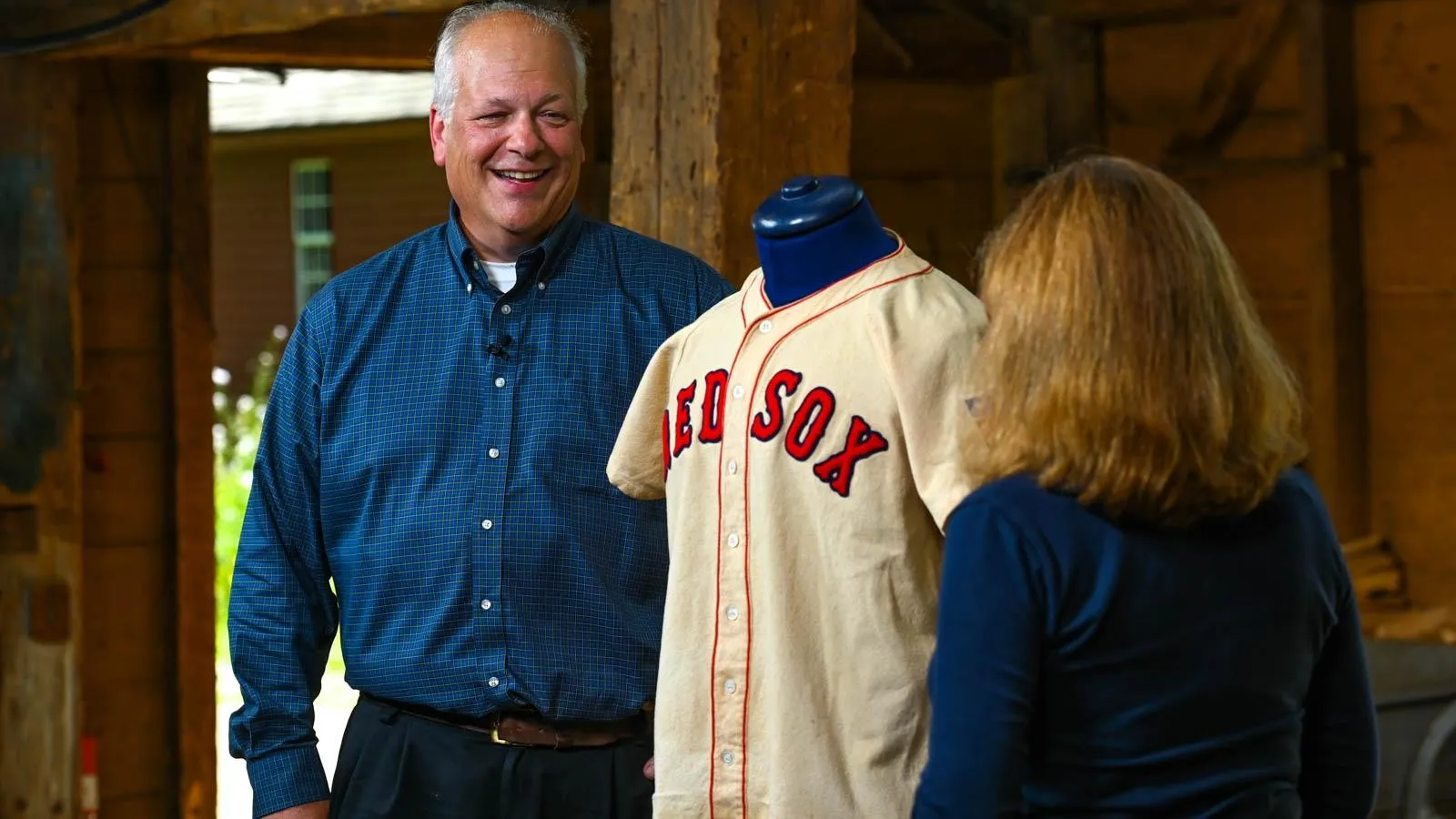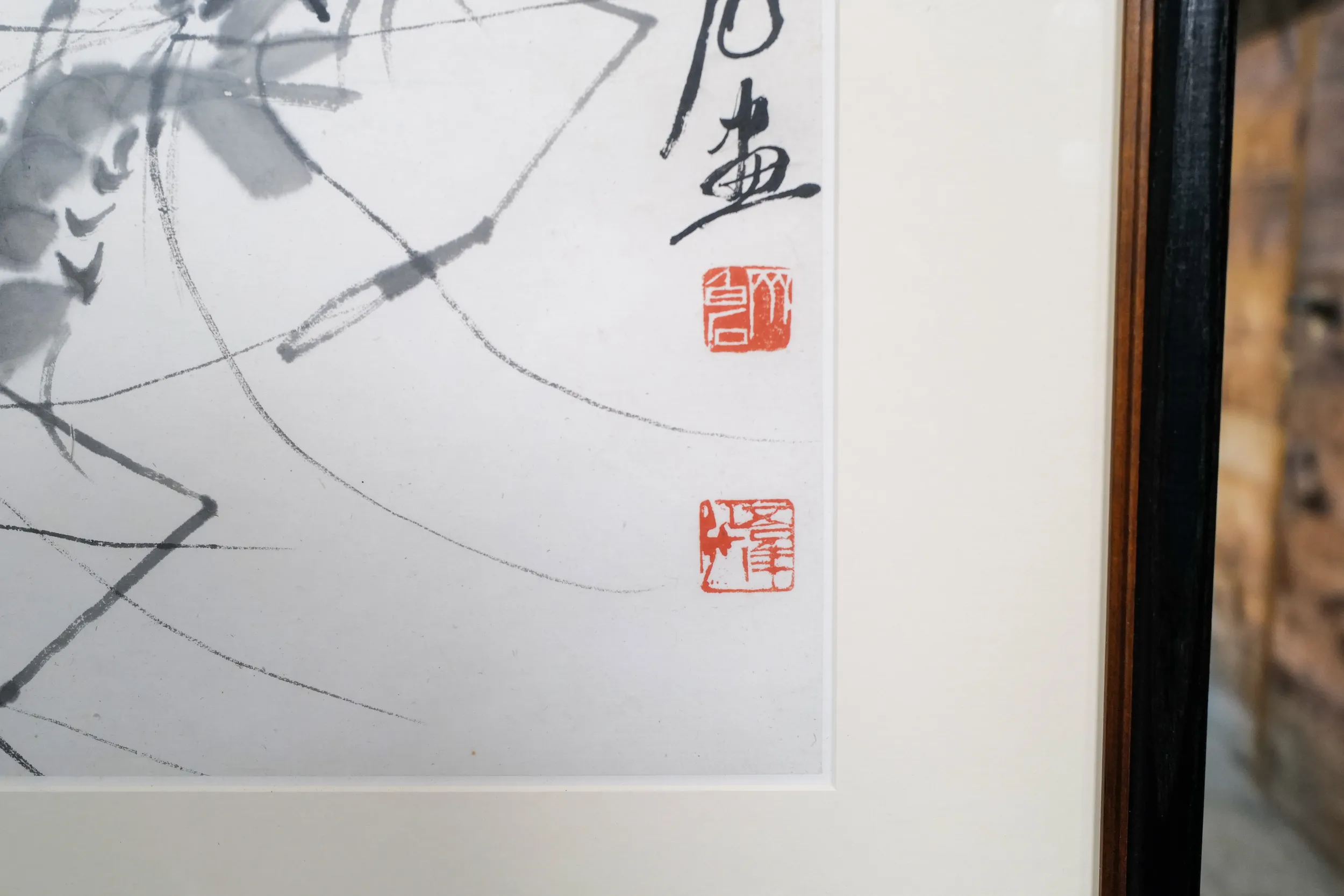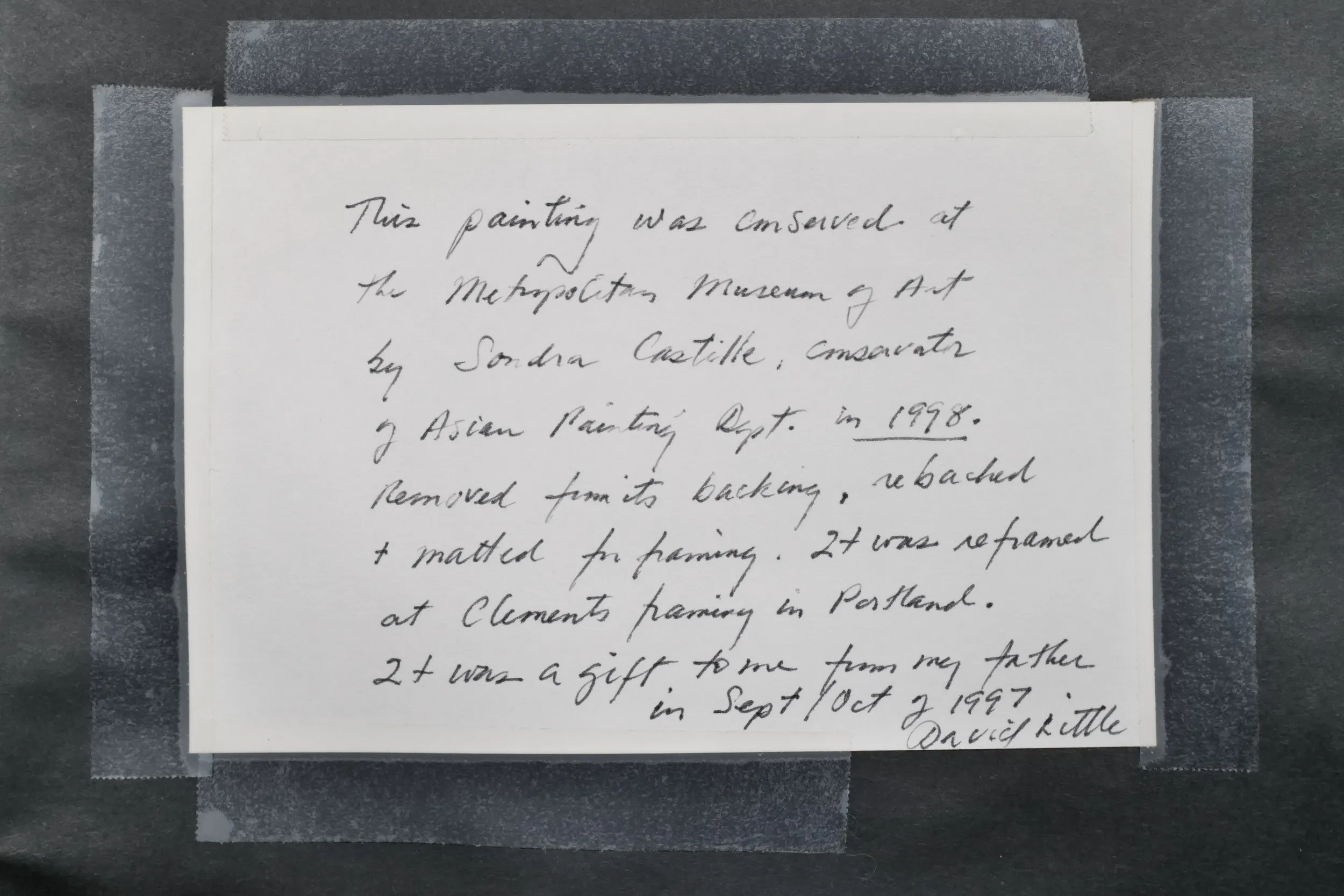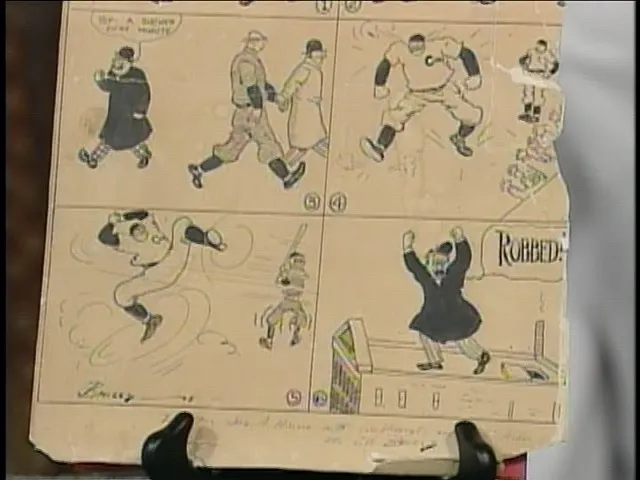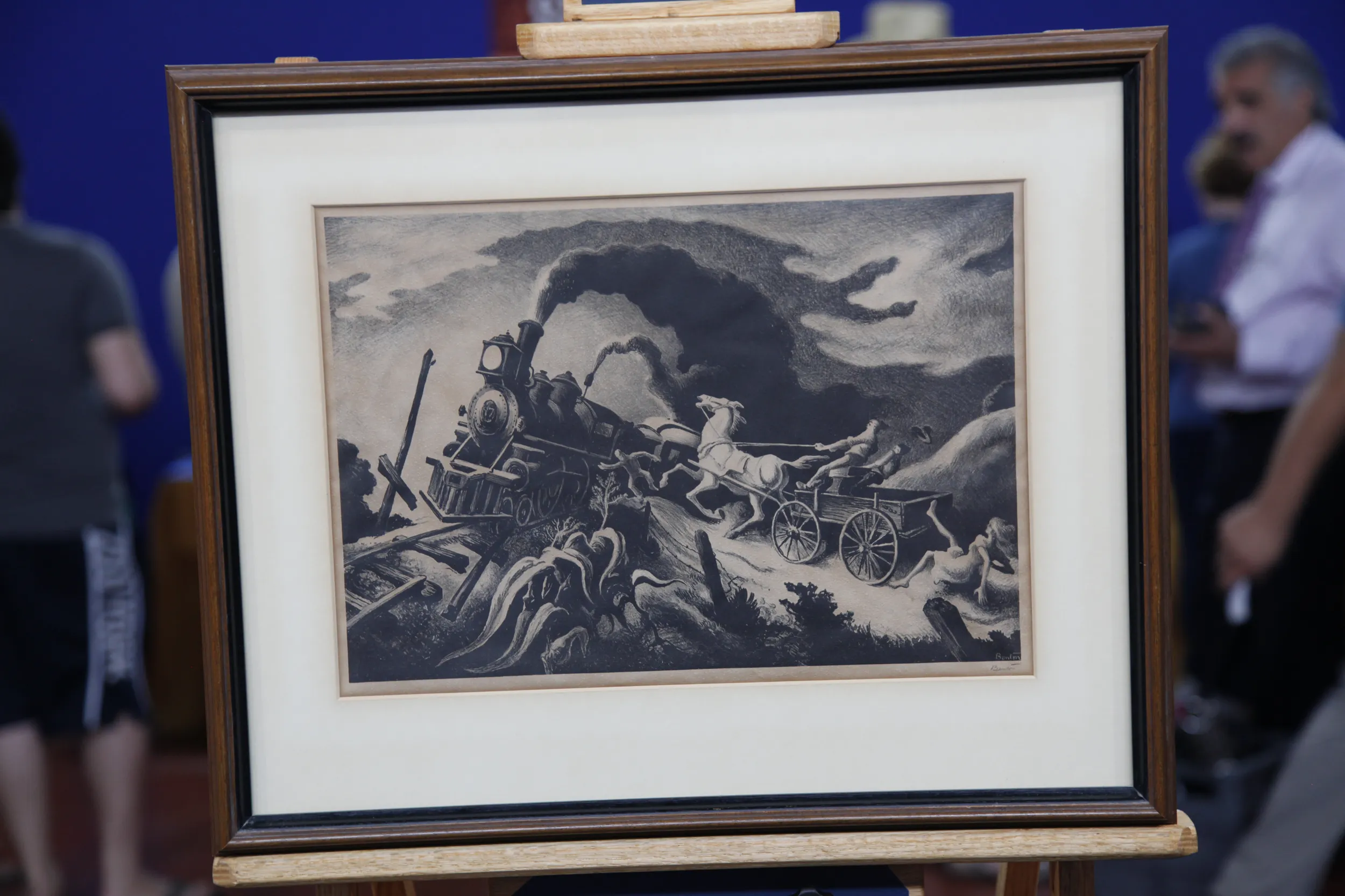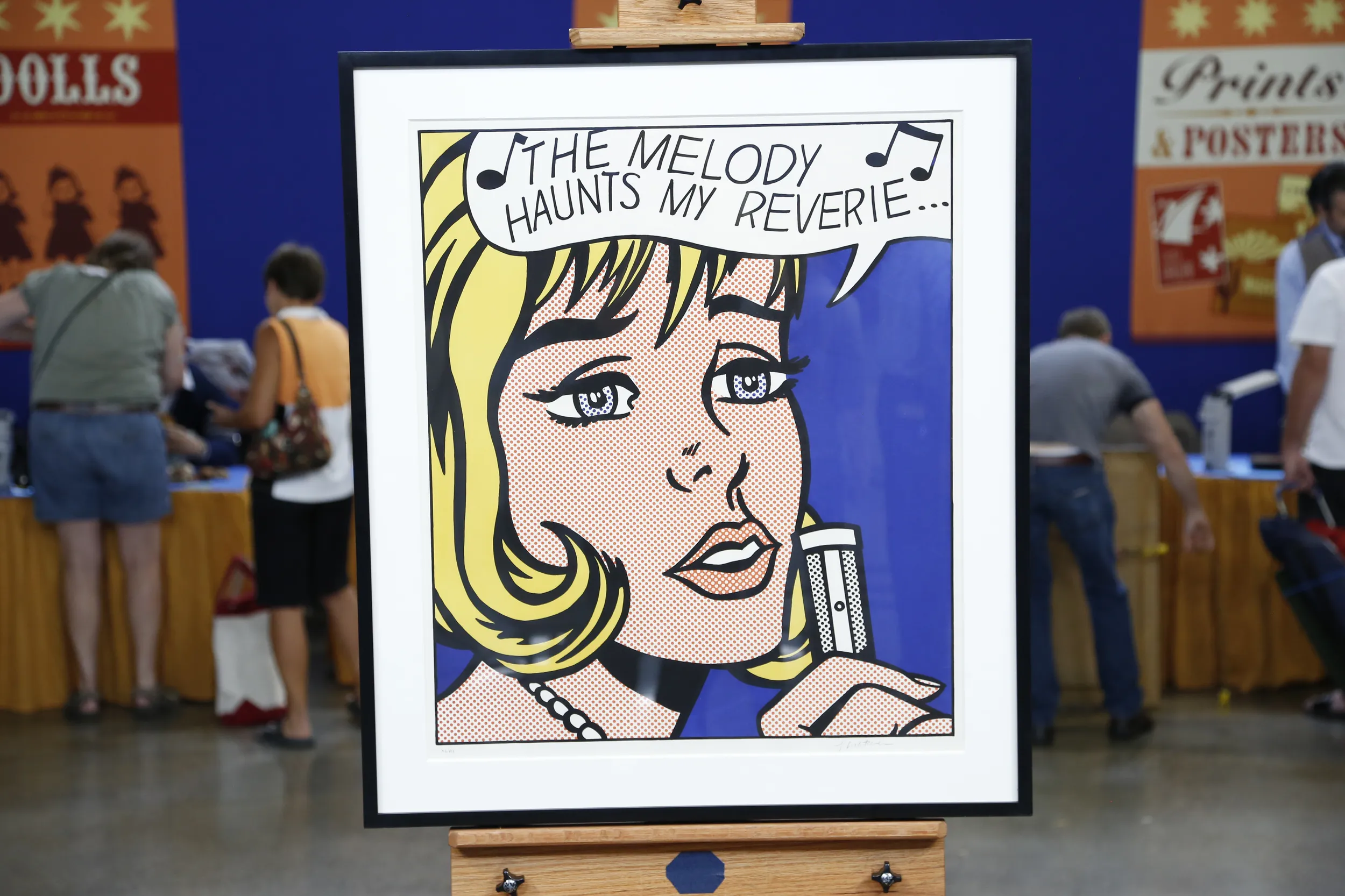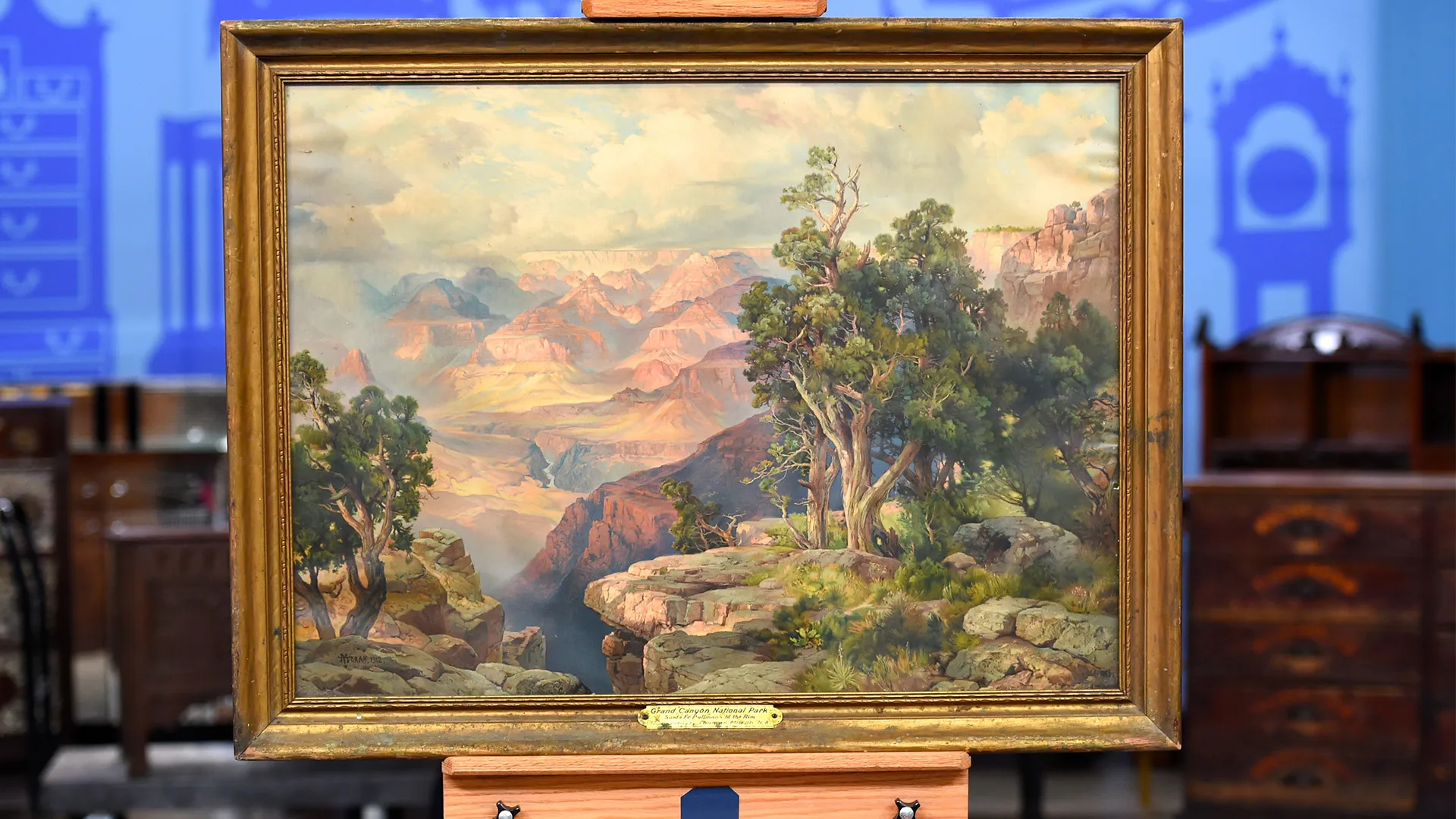GUEST: It was handed down to me by my father, and it was handed down to him by his father. My grandfather, in, uh, 1913-14, was recruited by the Chinese Maritime Customs Service and worked in China, uh, generally overseeing all the maritime activities on both the Yangtze River and other rivers. This is the medal that was pinned on my grandfather, which was the medal given to the employee who became inspector general of Chinese Maritime Customs. And my grandfather was the last, uh, foreigner to be inspector general. After that, when he retired, it was a Chinese, uh, that was hired to be inspector general. So basically, he was a bigwig. Uh, a... He was a bigwig, he was at the top-- pretty much the top, um, foreigner in the Chinese government. My grandfather knew someone in the service who had purchased this painting directly from the artist, Qi Baishi.
APPRAISER: The reason that that's so important is because there are a lot of Qi Baishi, uh, drawings that are inauthentic-- there are a lot of forgeries. Shrimp were one of his favorite subjects. Here he does them masterfully. When you look at it very closely, you can feel the resilience of the water around them. You can feel the buoyancy, you can feel the movement. He painted very deliberately, very slowly. Now, if you look at the bodies of the shrimp, for example, their bodies are translucent, but the heads are, are painted in a darker color. And if you look at their whiskers, they seem to be randomly floating around, but they're really not. They s, they are adding movement to each and every single f, figure. His paintings and his drawings are deceptively simplistic, but they're perfect examples of xieyi, which is this philosophy of drawing one's feelings, drawing one's thoughts. There's one, um, philosophy called gongbi, which is doing more realistic representations.
GUEST: Uh-huh.
APPRAISER: Then the other one is xieyi. So, in a way, that's more like Impressionism.
GUEST: Uh-huh, okay.
APPRAISER: Uh... He was born in Hunan Province in 1864, and he lived a very long life until, um, until 1957. So he died when he was in his 90s. And some people consider that his best work came as he got older and older and older, 50s, 60s, and 70s...
GUEST: Mm-hmm.
APPRAISER: ...where he really started getting this beautiful, uh, translucency. He probably painted it around 1948, which would make him about 84 years old. Have you ever had it appraised?
GUEST: I never have, no.
APPRAISER: Okay. Well, I would be very comfortable placing an auction estimate on this drawing at $30,000 to $40,000.
GUEST: You're kidding. Seriously? Wow. Gee. God, I had no idea. Wow, that's amazing.
APPRAISER: If you were to insure it, I would insure it for at least $70,000.
GUEST: (inhales) That's amazing. Wow, what a gift to be given.

